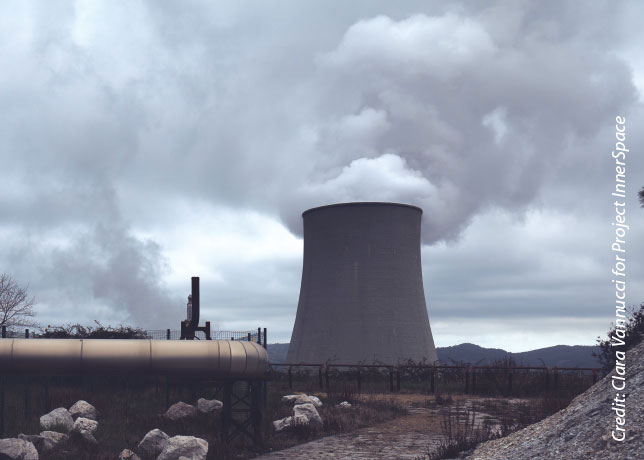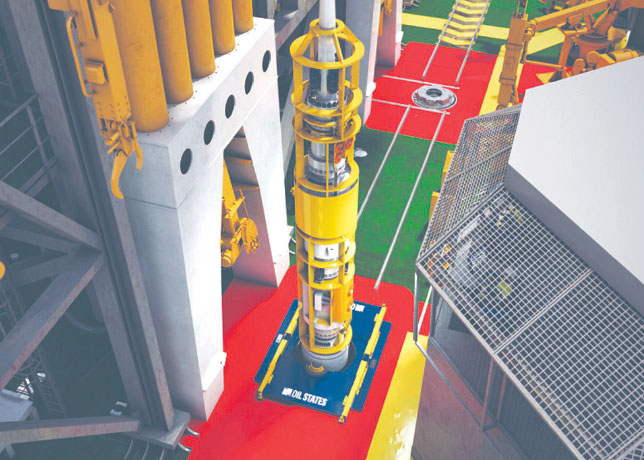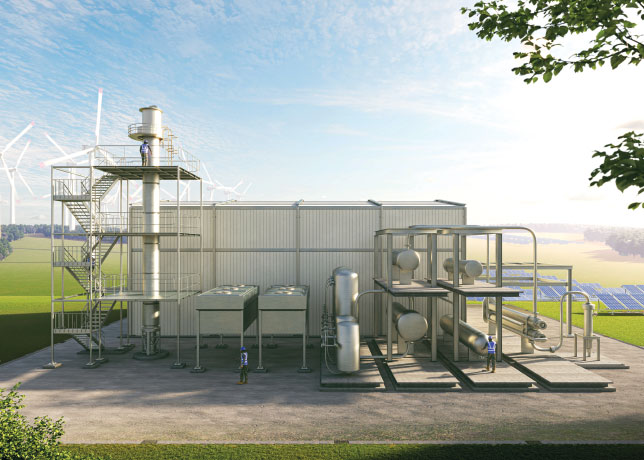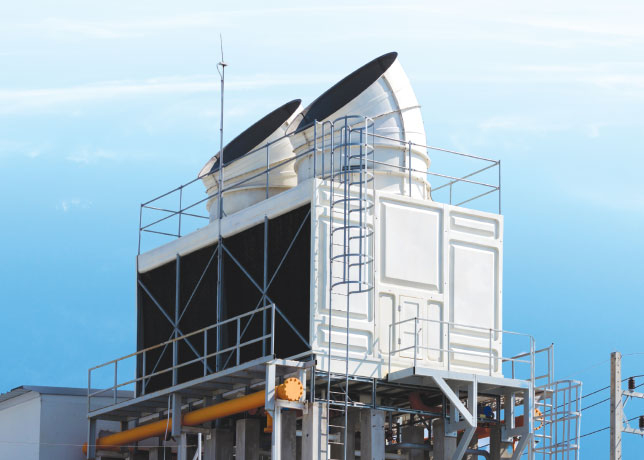
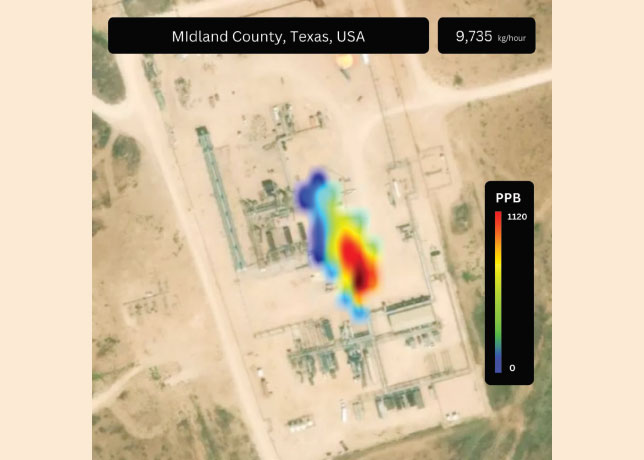 Leaks reaching 10,000 kg per hour have been detected
Leaks reaching 10,000 kg per hour have been detected
The detection of more than 50 methane leaks in the region underscores the environmental challenges that come with large-scale production, says Momentick
Midland, Texas, located at the heart of the Permian Basin, is known as one of the most prolific oil and gas-producing regions in the US.
With a history of production stretching back to the 1940s, the area has contributed significantly to the country’s energy independence and economic growth.
In 2020, the Midland Basin accounted for approximately 15 per cent of US crude oil production and 6 per cent of dry natural gas production.
However, this success has also brought challenges, most notably the release of methane gas a potent greenhouse gas into the atmosphere.
Recent discoveries of methane leaks in Midland County by Momentick, an emissions intelligence company, raise concerns about the environmental impact of the region’s oil and gas activities.
Over the past four years, Momentick has detected more than 50 methane plumes across 16 unique facilities, including wells, pipelines, metering stations, and compressor stations.
The findings are alarming, as the majority of the leaks exceeded 4,500 kg per hour, with five facilities emitting more than 10,000 kg per hour.
These are classified as "Super Emitters" by the Environmental Protection Agency (EPA).
Over 20 methane emissions were detected in 2022, and 9 to date in 2024. The most recent emission was recorded on June 25, 2024.
THE METHANE CHALLENGE
Methane, the primary component of natural gas, is an invisible and odorless gas, making it difficult to detect without specialised technology.
 |
Midland Texas methane emissions detected by Momentick |
Despite its subtle presence, methane is a major contributor to climate change. It is 84 times more effective at trapping heat in the atmosphere than carbon dioxide over a 20-year period, making it a critical target for global efforts to reduce greenhouse gas emissions.
Midland County is home to over 15,000 wells, with 75 per cent actively producing hydrocarbons.
In addition to the wells, there are miles of pipelines, compressor stations, and other facilities involved in the extraction, processing, and transportation of oil and gas.
This dense concentration of infrastructure makes it challenging for traditional leak detection and repair (LDAR) programmes to effectively monitor and address methane emissions.
Many leaks go unnoticed for extended periods, contributing to both economic losses, as methane that escapes into the atmosphere. This represents lost products for companies, alongside environmental harm.
The Permian Basin, which includes Midland, has long been a focus of concern for methane emissions, particularly as hydraulic fracturing (fracking) and other modern extraction methods have unlocked new gas-bearing formations over the past two decades.
The recent identification of more than 50 methane leaks in Midland County highlights the scale of the problem.
The emissions were detected using Momentick’s satellite-based monitoring technology, which has become an increasingly valuable tool in detecting emissions.
THE ENVIRONMENTAL & ECONOMIC IMPACT
Methane emissions from the oil and gas sector are not only a climate issue but also an economic one.
Lost methane represents wasted energy that could otherwise be captured and sold.
For Midland County, where oil and gas production is a major economic driver, balancing economic growth with environmental responsibility is a complex challenge.
The detection of methane leaks in the region emphasises the need for more stringent monitoring to ensure that emissions are minimised and the potential for economic losses is reduced.
REGULATORY & TECHNOLOGICAL SOLUTIONS
In recent years, regulators and environmental organisations have called for more robust methane monitoring and leak detection programmes in regions like Midland.
Texas, the largest oil and gas-producing state in the country, has been slower than some other states to adopt comprehensive methane regulations.
However, the growing awareness of methane’s environmental and economic impact is prompting calls for change.
By improving methane monitoring and implementing stricter regulations, Texas could reduce its greenhouse gas emissions while also benefiting from the economic gains of capturing more natural gas.
Technology will play a critical role in addressing the methane challenge in Midland and other oil-producing regions.
Satellite-based methane detection tools like Momentick’s have proven to be a game-changer, allowing for large-scale monitoring of vast areas with pinpoint accuracy.
This technology can help operators identify leaks more quickly and efficiently, enabling faster repairs and reducing emissions.
A PATH FORWARD FOR MIDLAND
The discovery of widespread methane leaks in Midland County is a wake-up call for the region’s oil and gas industry.
While Midland’s contributions to the nation’s energy supply are undeniable, investing in modern methane detection technology will allow the industry to reduce its environmental footprint while also improving its bottom line.
At a time when the global community is increasingly focused on reducing greenhouse gas emissions, addressing methane leaks in Midland and the broader Permian Basin is an essential step toward achieving climate goals.
The detection of more than 50 methane leaks in the region underscores the environmental challenges that come with large-scale production.
As the industry faces increasing pressure to reduce emissions, technological innovations such as satellite-based methane detection offer a path forward.
By embracing these tools, Midland can continue to play a vital role in the energy sector while also taking meaningful steps to reduce emissions.










































































